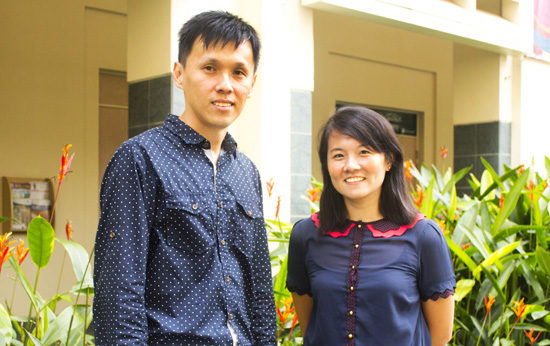Why Singapore’s English Teachers Should Embrace Singlish, Not Fight It
Is it time for Singaporean educators to embrace Singlish as a legitimate learning tool? What the Research […]
Read More
Wouldn’t it be great if students adopt the sports they play in school and continue to engage in it for life? To encourage students to do so, teaching them how to play the sport is only the first step – next is game organization.
 “When it’s Physical Education (PE) lesson, we set everything up, and we tell them, ‘Now, come and play. We tell you the rules and this is how you do it.’” says Ms Saw Eileen, Subject Head (PE) of Nan Hua High School.
“When it’s Physical Education (PE) lesson, we set everything up, and we tell them, ‘Now, come and play. We tell you the rules and this is how you do it.’” says Ms Saw Eileen, Subject Head (PE) of Nan Hua High School.
“But if you want it to be a lifelong habit for them, they need to know how to take up our role as the organizer and put themselves in it, and then play. Now, we’re teaching them how to plan to play.”
The PE department got together last year and brainstormed how best to get students to organize games.
As it happened, 2012 was the year of the London Olympics Games. The teachers thus posed this challenge to the students: If the Olympics organizer requested for your help to hold a handball tournament in the school, how are you going to do it?
In groups, students researched and planned the event collaboratively. Each group member was assigned a role to play, such as an umpire or a linesman. And then, they put their plans into action and got the games going during PE lessons
“It’s a student-centred activity, so there will be mistakes and errors in the process,” says Eileen. But the teachers didn’t grade each group on their performance. Instead, they acted as facilitators and asked for peer evaluation during the debrief sessions.
“They critiqued one another. They highlighted how the referee had done well, how the linesmen had done a good job. So the assessment comes through the classmates acknowledging what was done well and what was not,” explains Mr Jonathan Quek, Year Head (Lower Secondary) of PE at the school.
Students took turns to be both players and officials, so when they were critiquing their peers, they were also taking note of what needed to be done when it was their turn to oversee a game.
“They went through a few rounds of this, so we’re hoping that each time, they’ll learn more through being assessed by their classmates,” says Mr Quek.
A survey completed by the students at the end of the activity showed that they enjoyed themselves very much. Some students thought that the three sessions allocated for the self-organized games were not enough.
Eileen says that this year, they’ll refine the activity and implement it for 10 sessions. Each group will also create a scrapbook to chart their progress as a team.
For teachers who are thinking of doing something similar in their schools, she recommends that teachers learn to let go – “less hand-holding, more observing”.
“As a teacher you always want to control things. So, if you want to do something like this, especially if it’s self-directed learning, teachers need to learn to let students discover on their own. Even if they fall, they need to learn how to get up.”
Jonathan shares her sentiments. “How do we trust that students will learn on their own? How can we tell if the students will collaborate well? We often use teacher-directed teaching but now we need to allow for uncertainty and let students chart their learning.”
“For me, that’s the biggest takeaway,” he continues, “to trust the students that they can take charge of their learning.”